Bamuqa باموقا
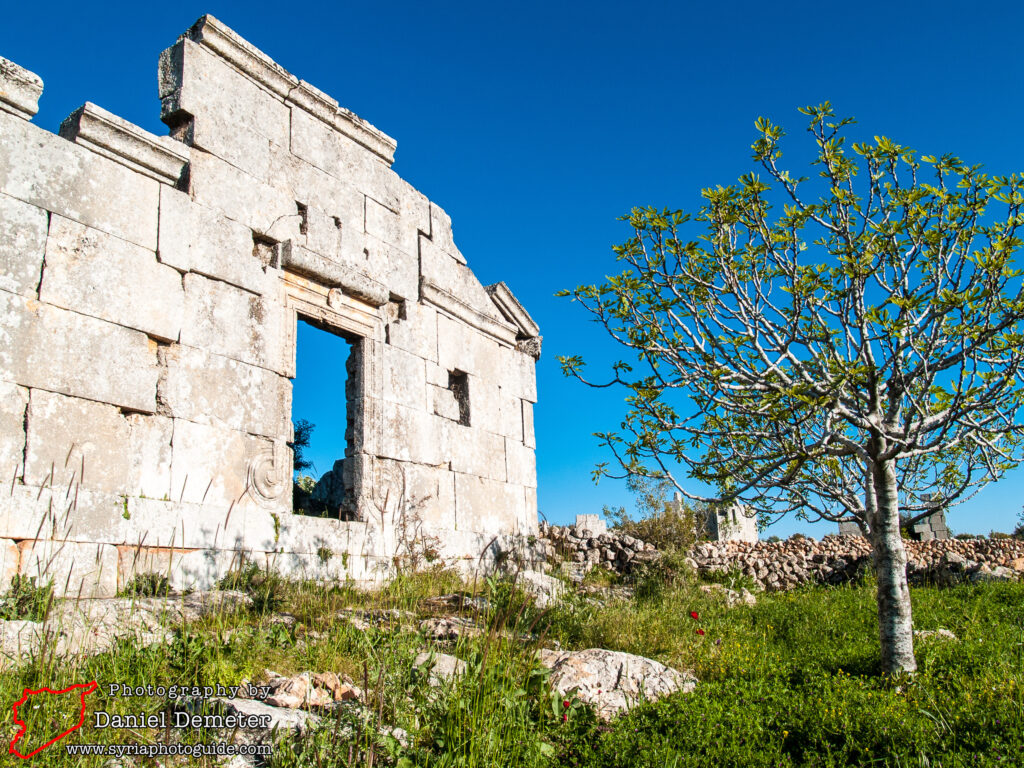
The ruins of Bamuqa (باموقا) are located on the northwestern edge of Jebel Barisha (جبل باريشا), overlooking the Plain of Amuq to the east of Antakya (historical Antioch). With Roman and Byzantine remains scattered around an oak grove, Bamuqa (باموقا) is a charming site and would make a beautiful spot for a picnic. The site includes a sizable Roman villa, associated with a large cistern and an underground tomb with a pillared facade. There are further remains to the north of sixteen more modest farmhouses of a later period and, in the same area, a small sixth century church.
Archaeologist George Tchalenko dates the original farmhouse as early as the first century AD and speculates that the easy communications from this area to Antioch and the favorable soil made it one of the first areas settled by the upper class which Roman occupation brought into existence. He describes this farmhouse as “one of the most interesting monuments in the region.” It comprises two rooms, one above the other and connected by an external staircase. The local Alawite villagers use them these days to hold fuel lamps as the grove and farmhouse harbor the tomb of a local saint, Sheikh Khalil al-Sadiq (خليل الصادق). Archaeologist Ignacio Peña notes that the stele marking the saint’s tomb was erected in 1196, some time after Nur al-Din had taken Harem (حارم) and the area of Jebel Barisha (جبل باريشا) from the Crusaders. The use of the grove for religious purposes has probably discouraged the dismantling of the remains for building materials.
The dating of the village (and the tomb, probably commemorating the first proprietor) is disputed. Archaeologist Howard Crosby Butler believed it dated from the second or third century. Tchalenko prefers the first century because of the earlier style of the decoration: “Since its characteristics recall no other Syrian building influenced by Roman styles, we have to resort to a local Antiochene tradition of which this is perhaps the sole extant example.” He also compares the tomb to the one in Beshandlaya (بشندلايا), but notes the richer but heavier decoration of the latter. Tchalenko surmised that the village was the occasional residence of a landlord who lived most of the year in Antioch, leaving the running of the olive farm to a local overseer and visiting for the harvest season, one of the first signs of the systematic agricultural exploitation of the mountainous area along with Beshandlaya (بشندلايا). Most other Roman sites in the area date from the second century.
No other houses seem to have been built in Bamuqa (باموقا) until the fourth century. The sixteen independent farmhouses (north of the Roman villa) established by the fifth century reflect the explosion of small-holder operations in the Byzantine period. After the curiously late construction of the main church in the far north of the site (apparently not built until as late as the decades immediately before the Muslim conquest), the town was abandoned in the seventh century. It was later reoccupied in the twelfth century.
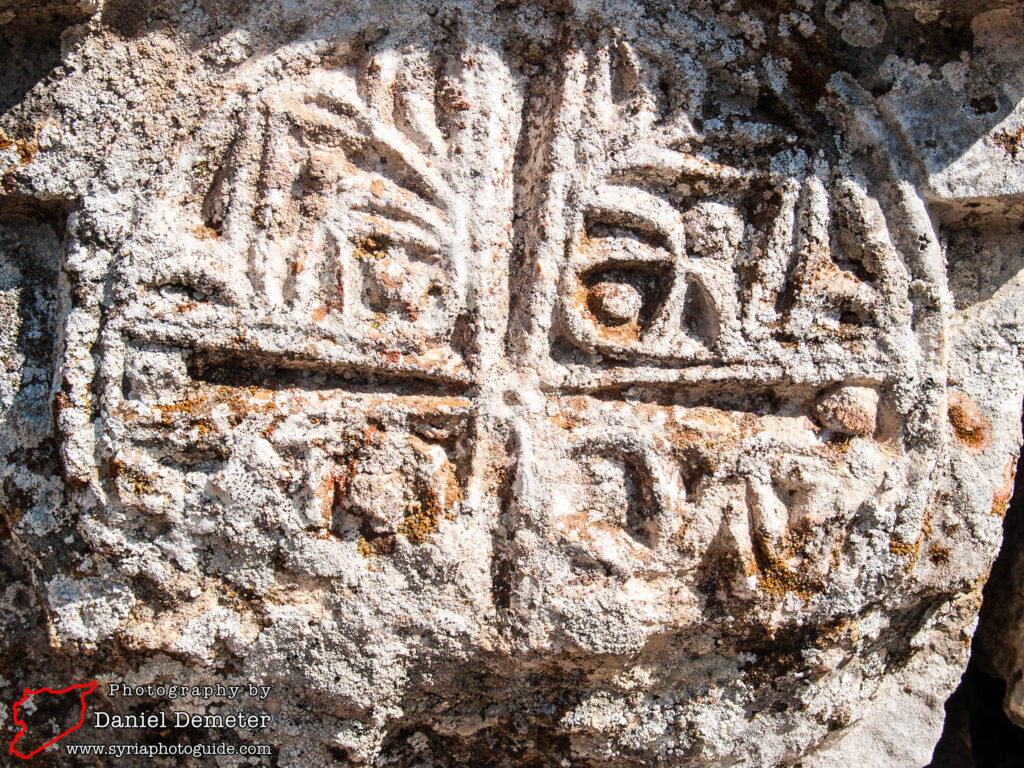
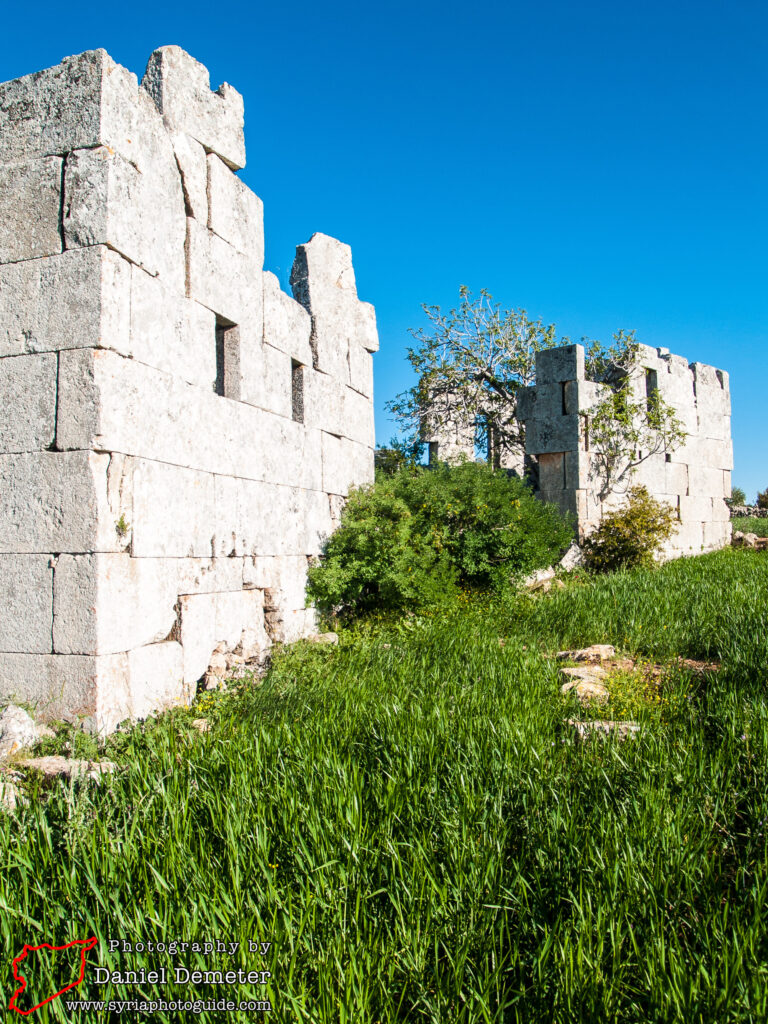
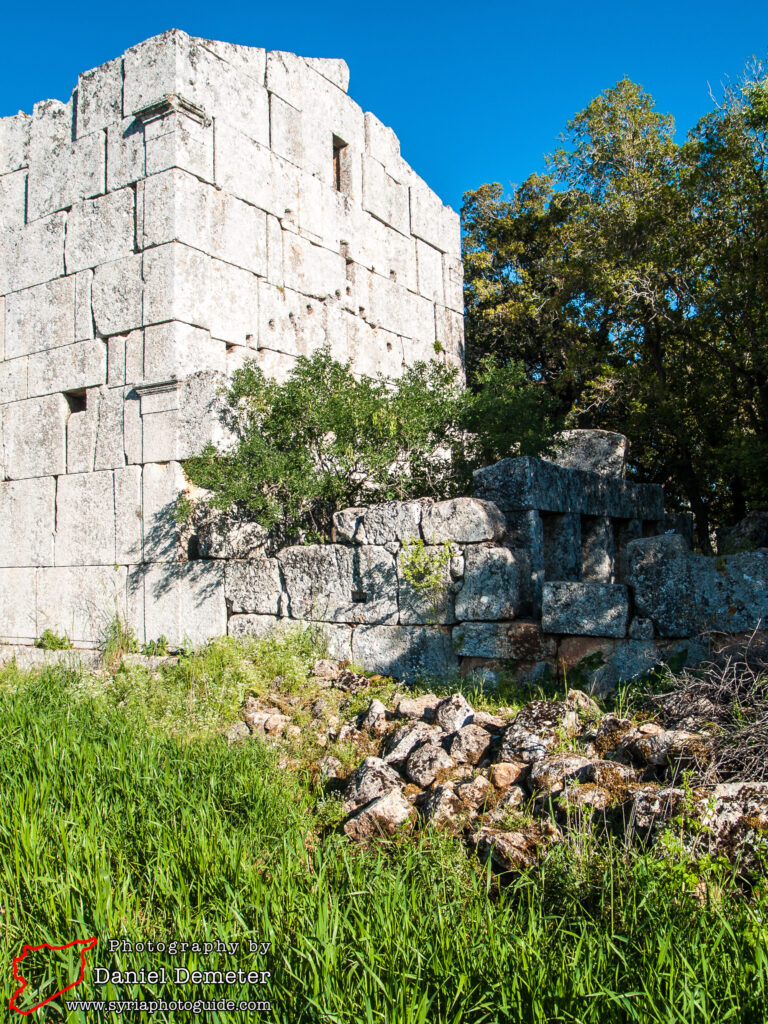

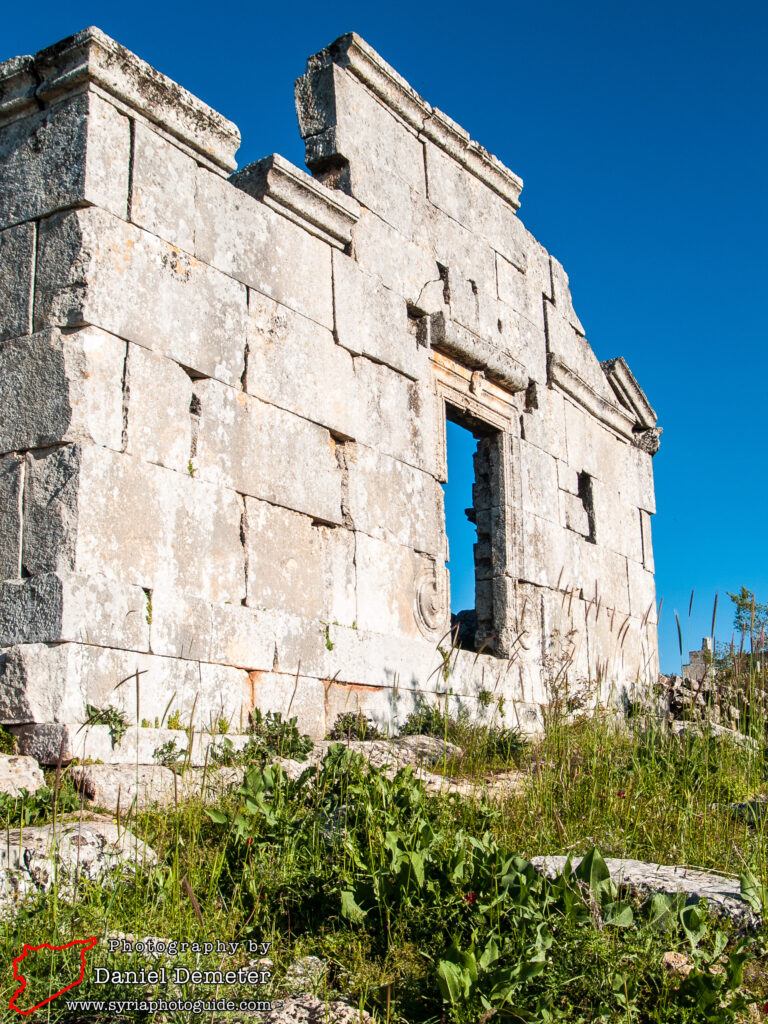
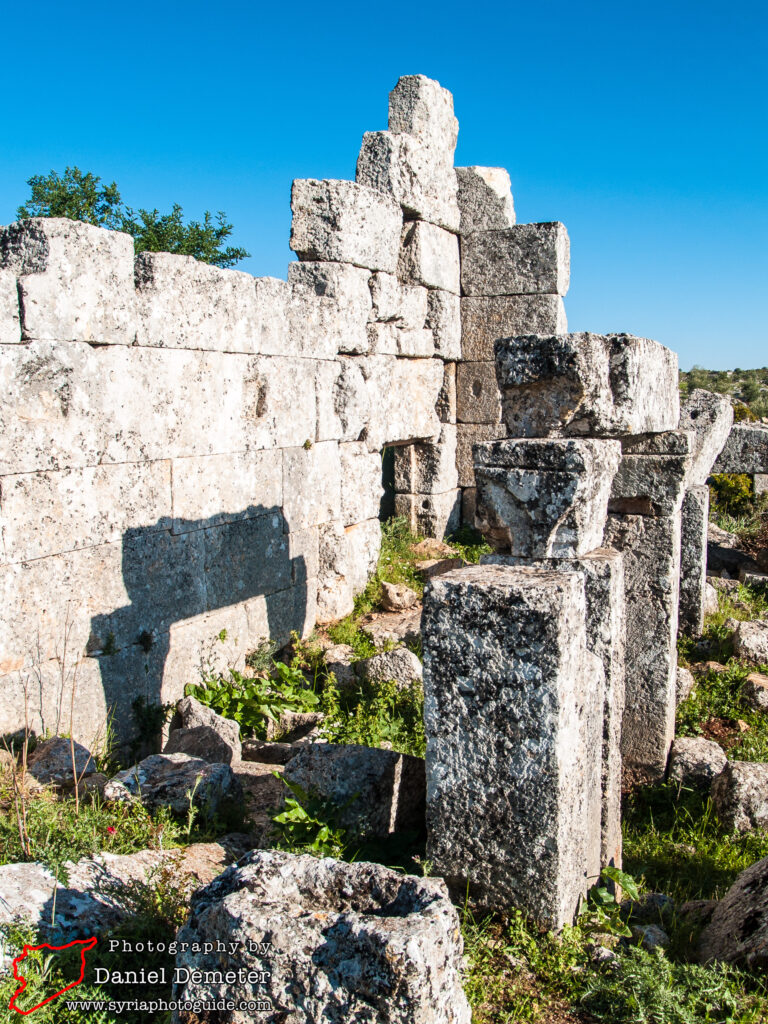
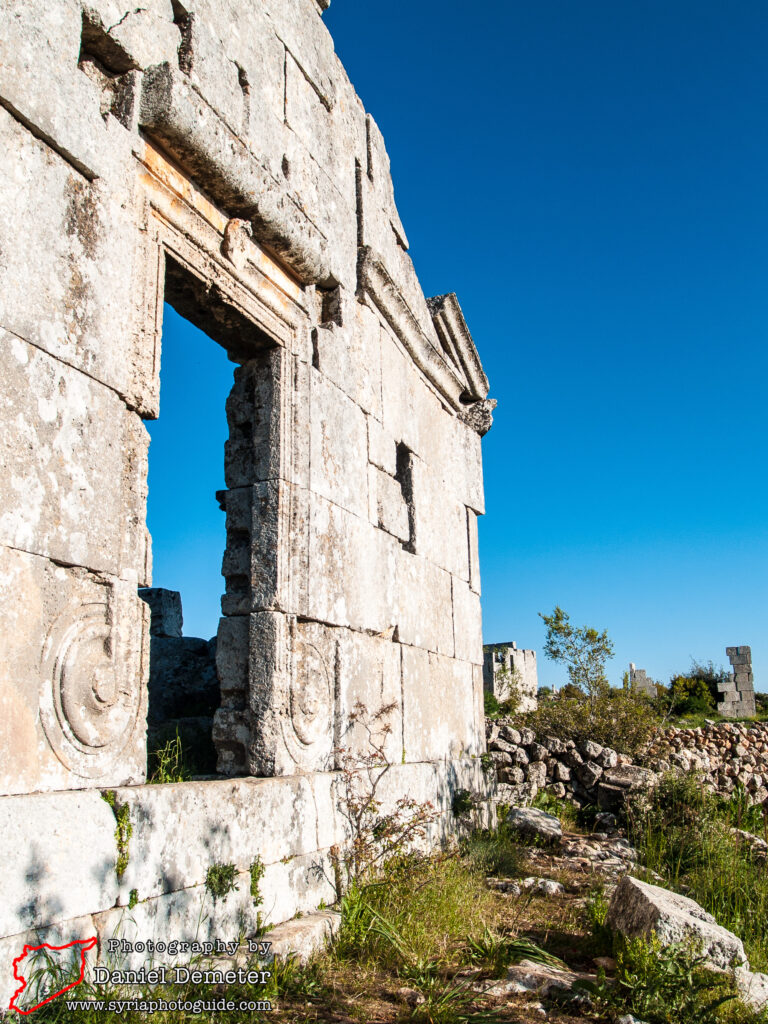
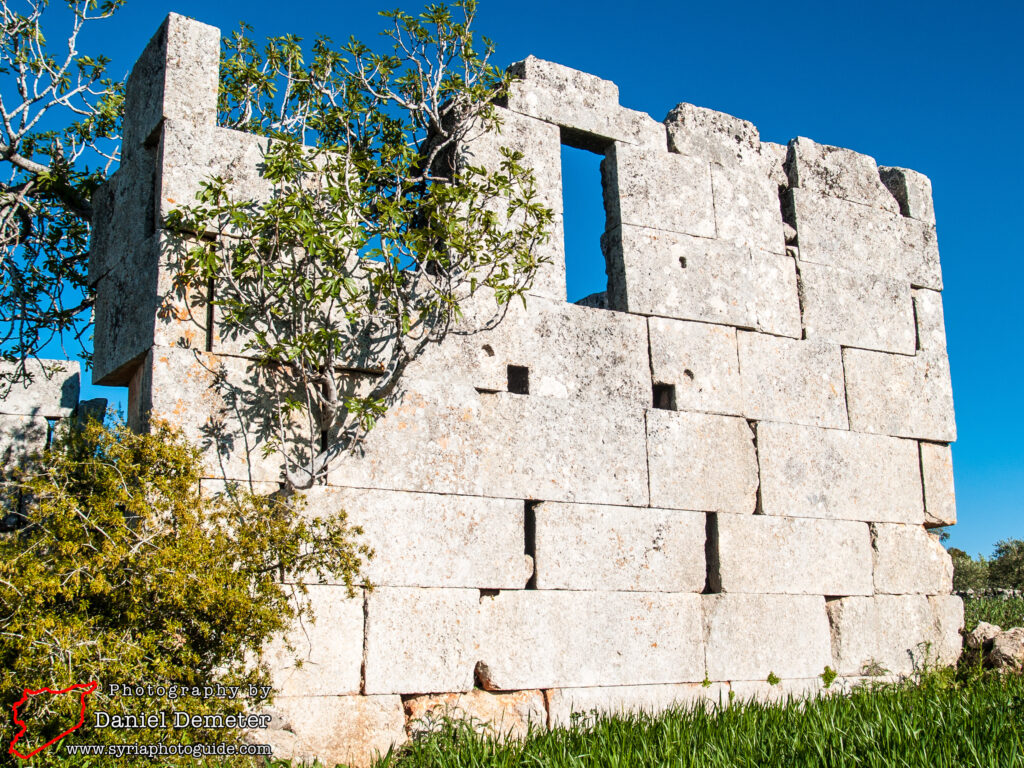
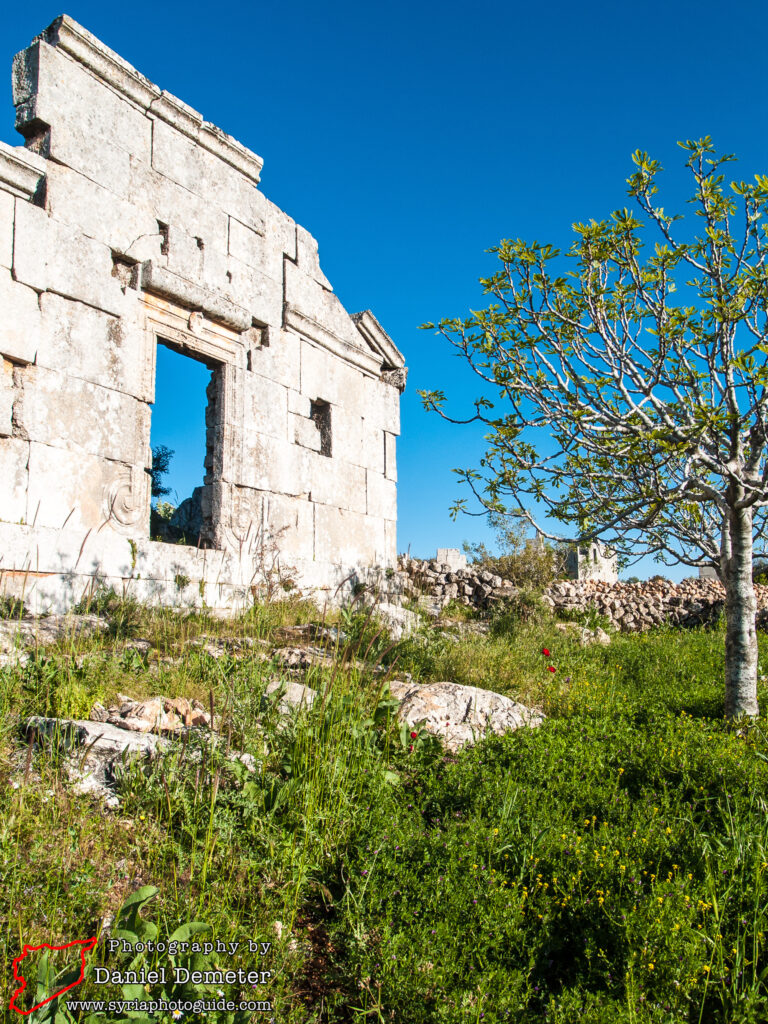
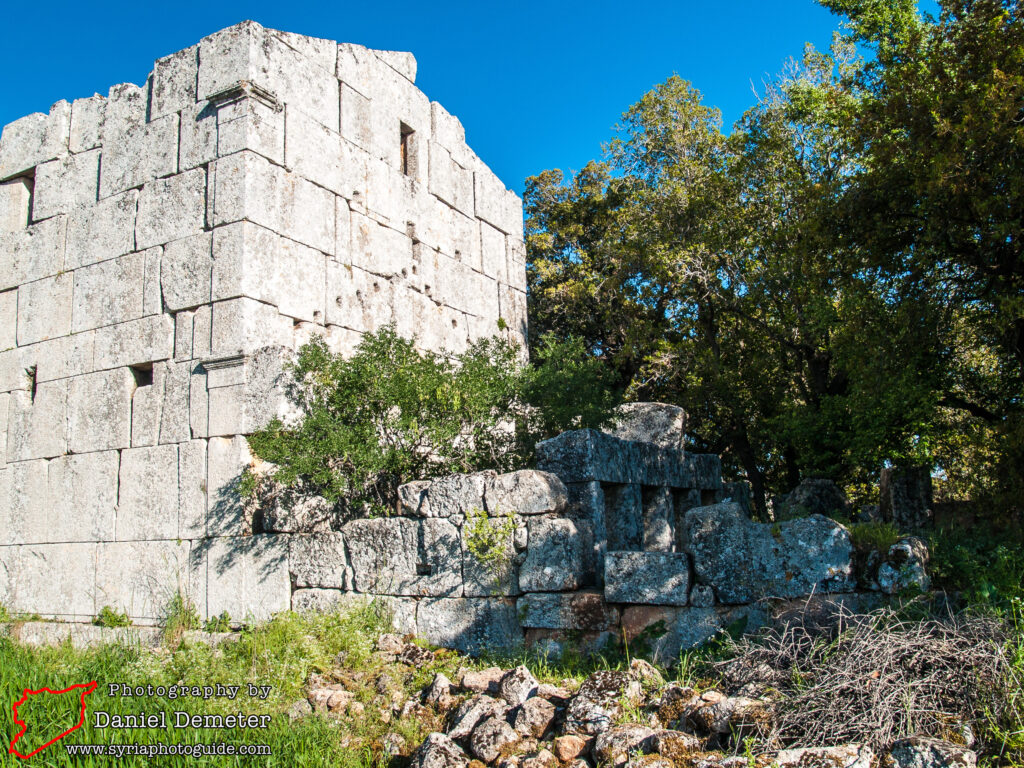
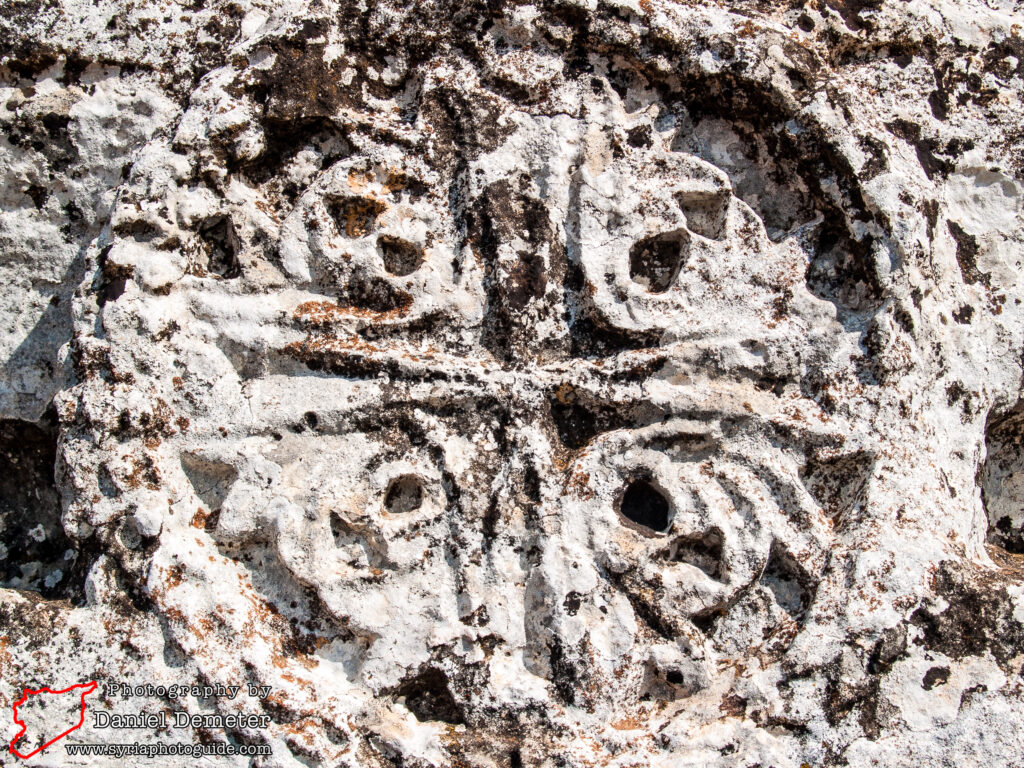
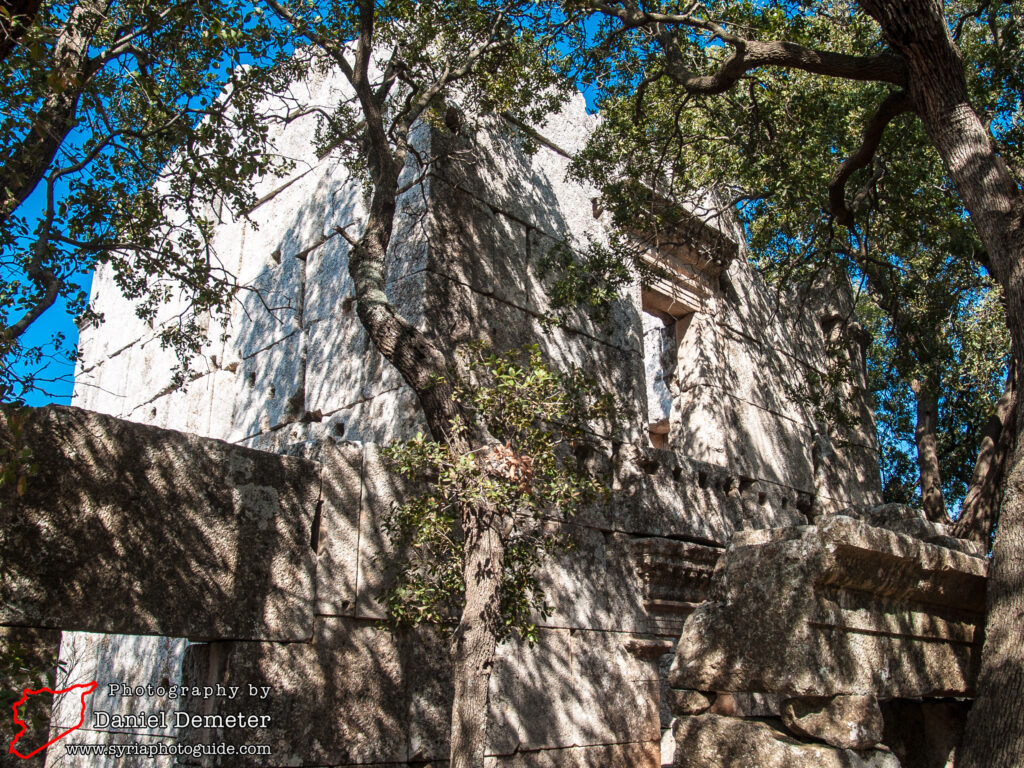
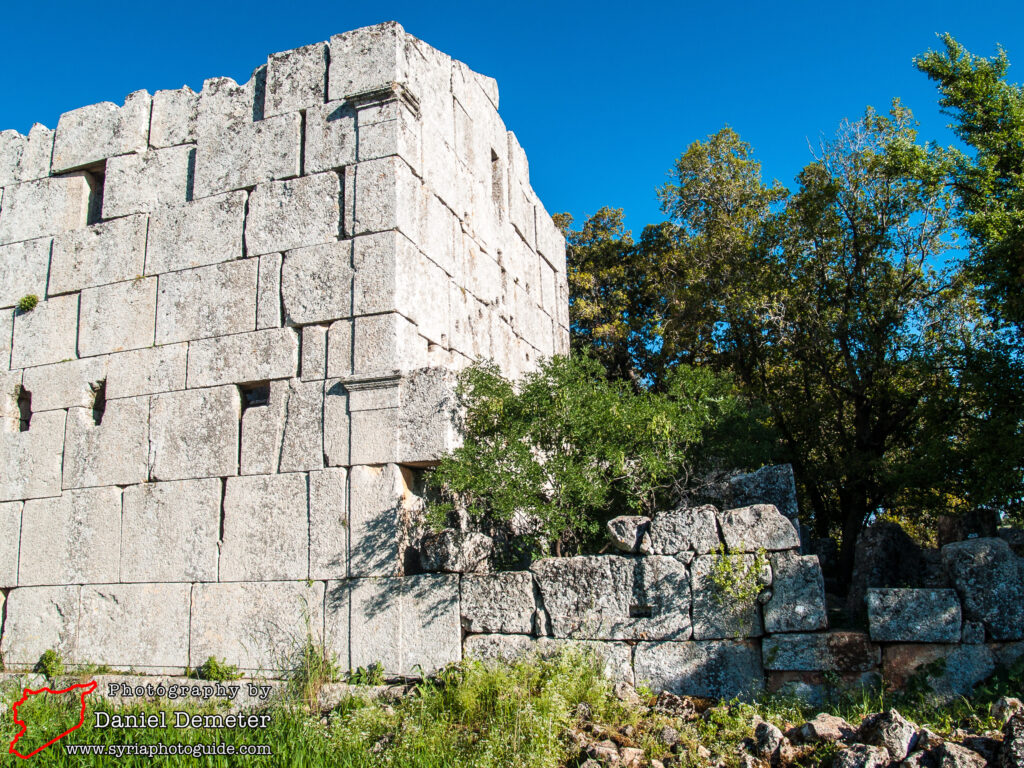
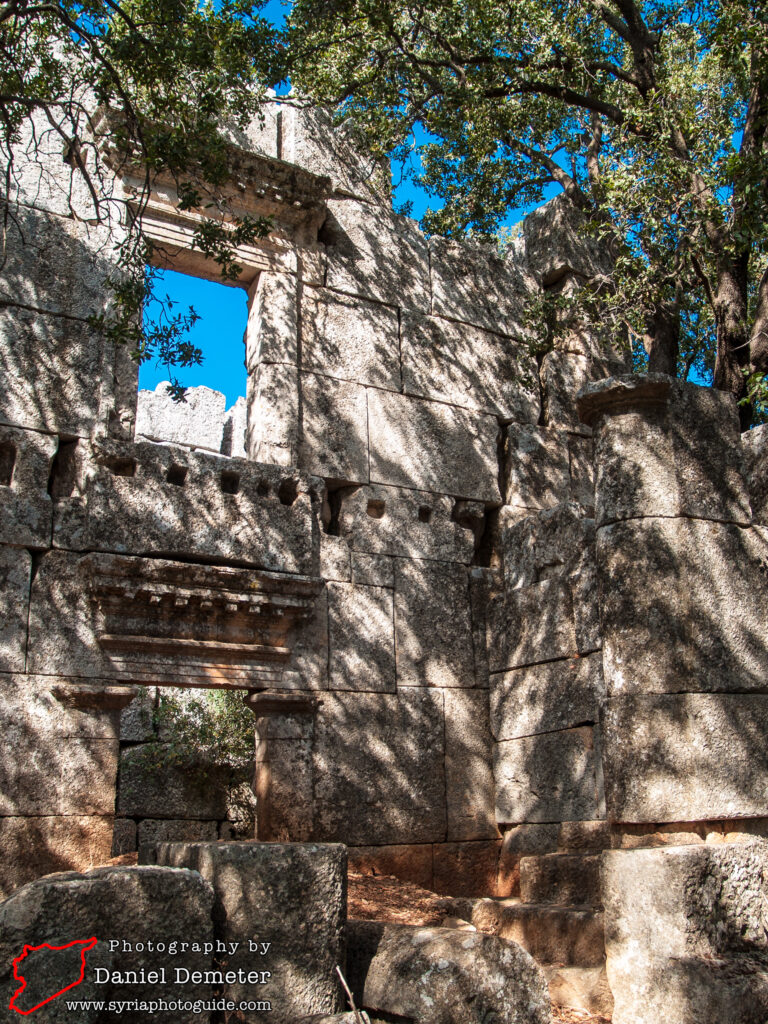
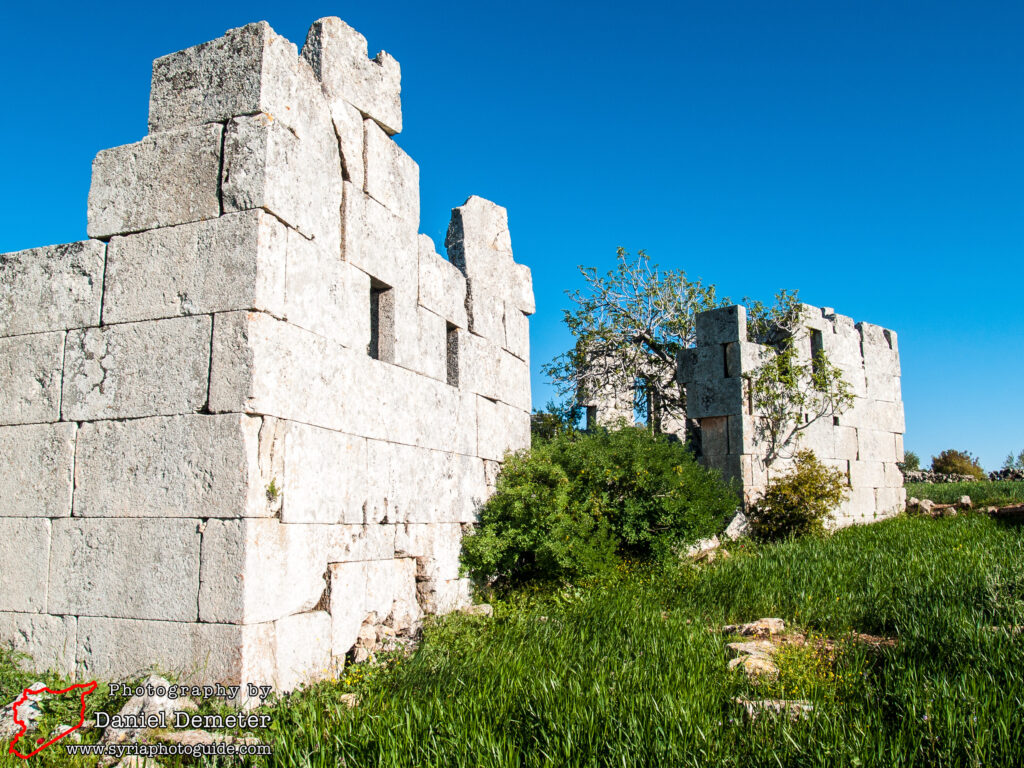
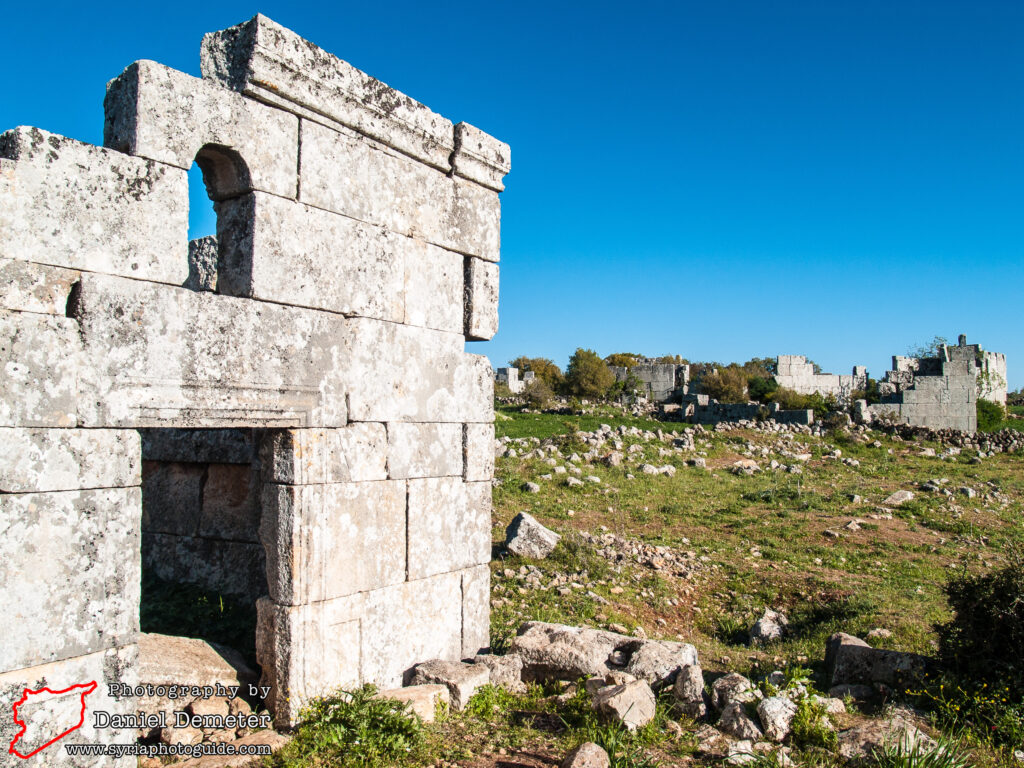
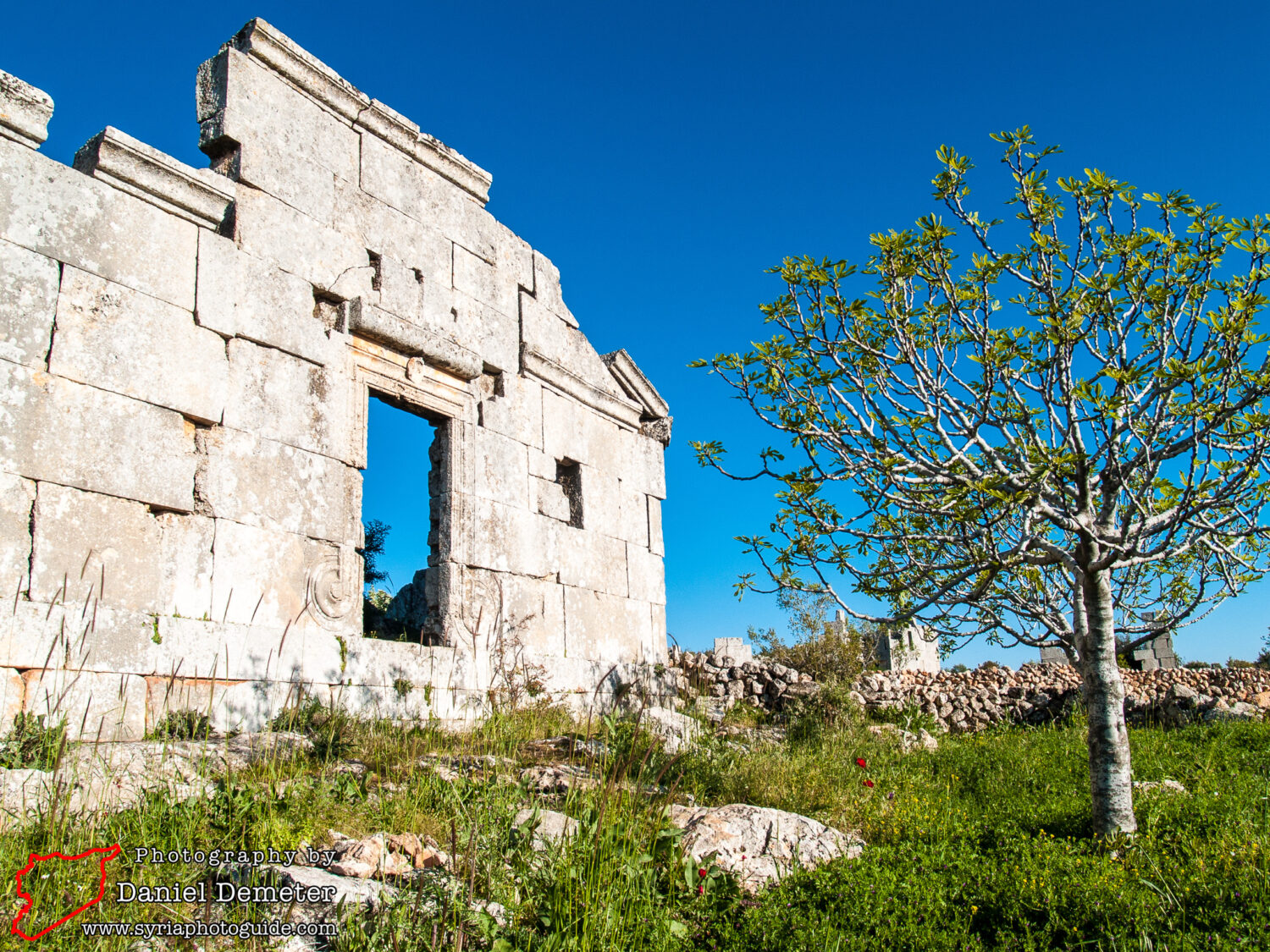
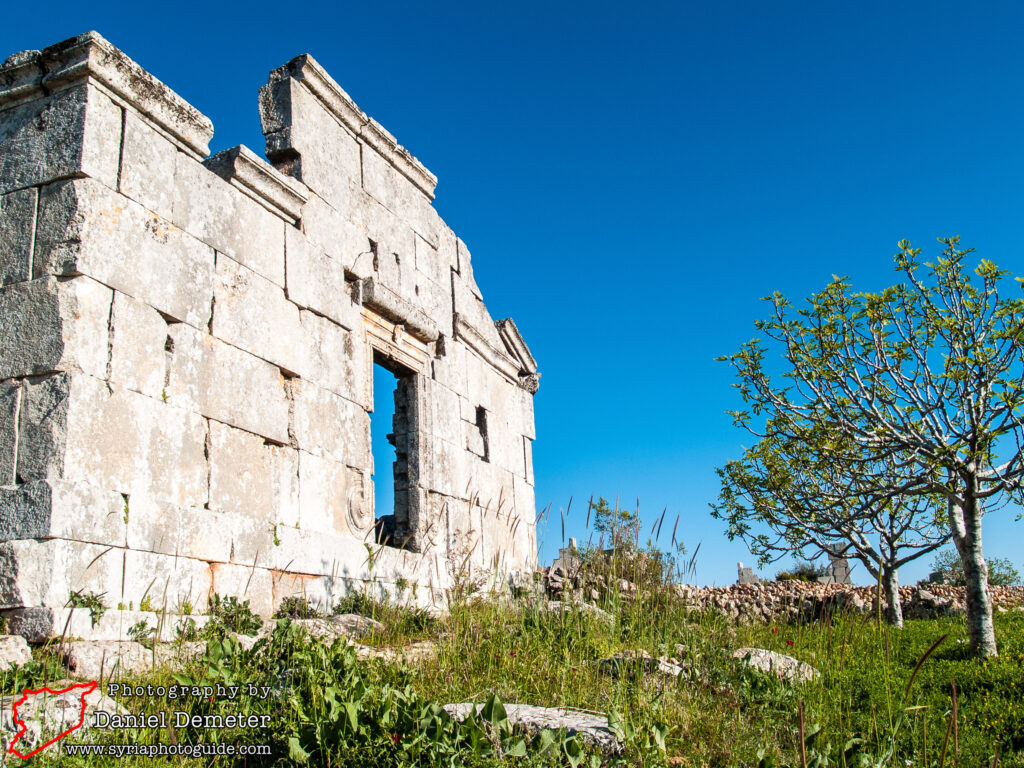
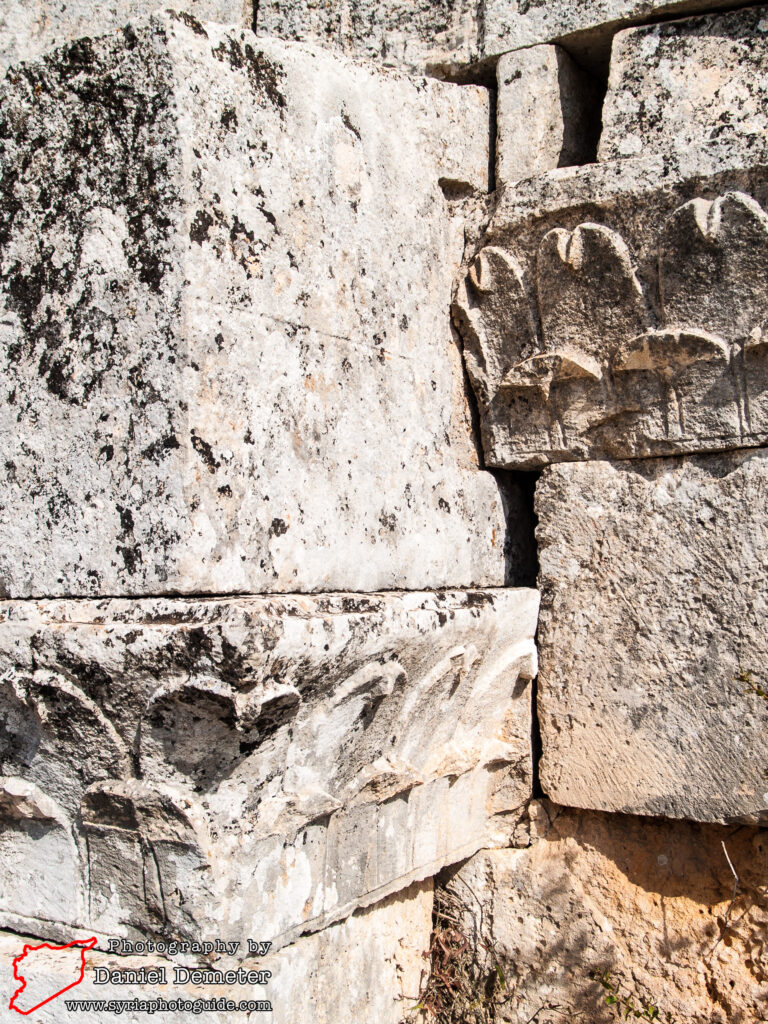
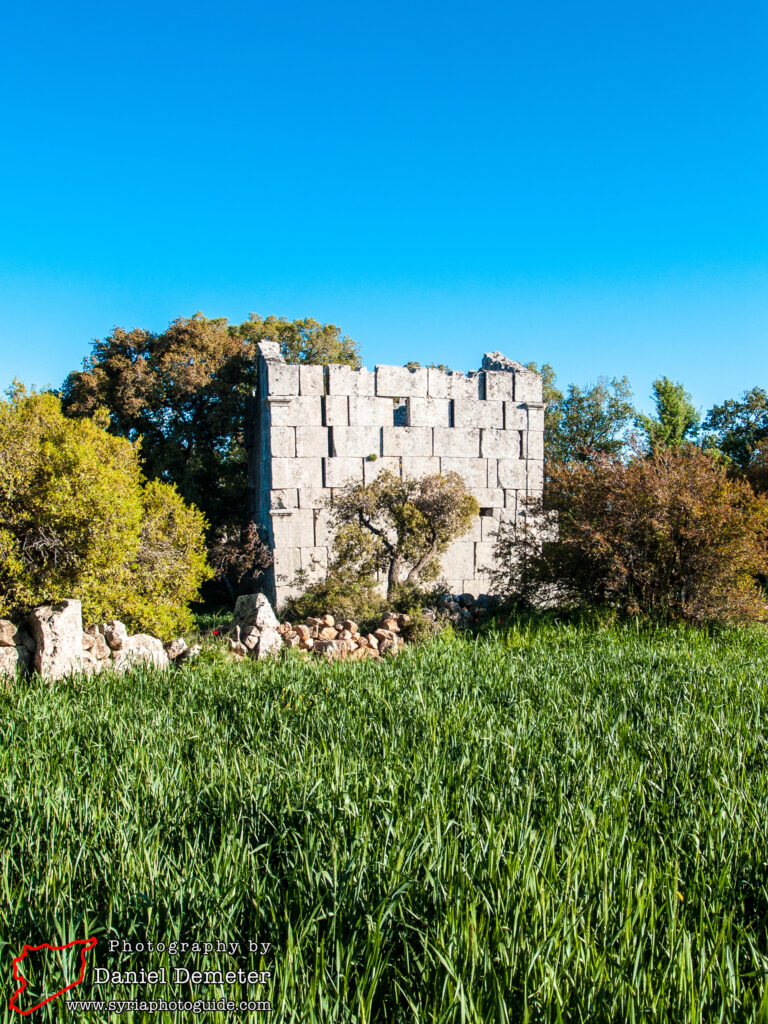
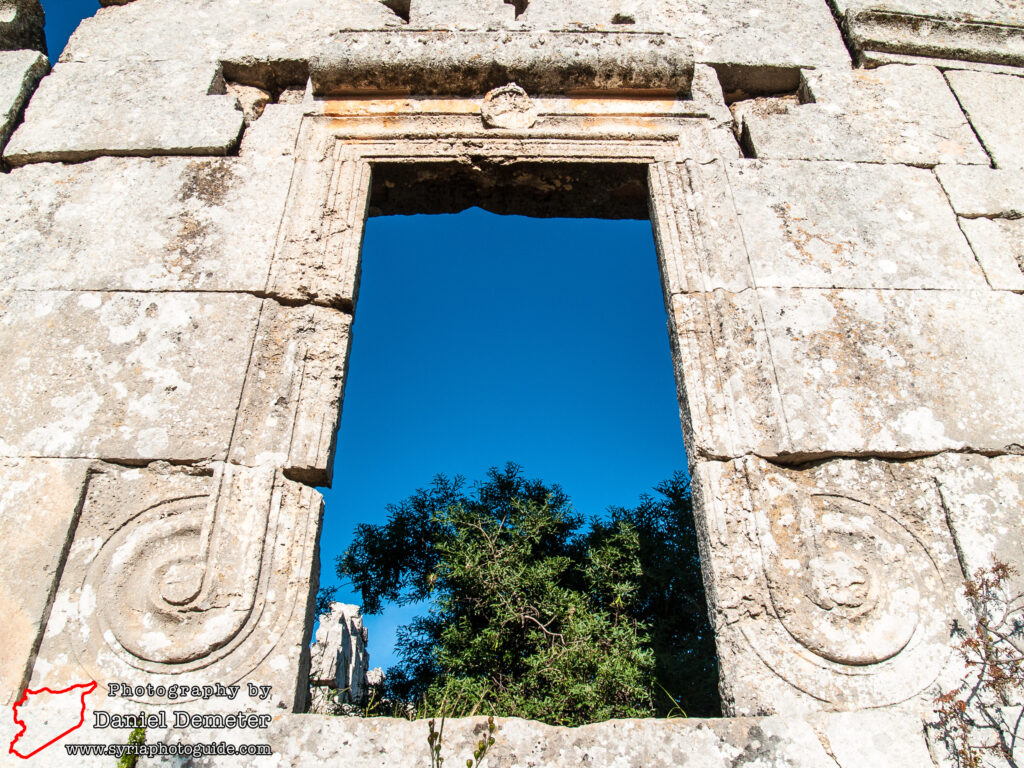
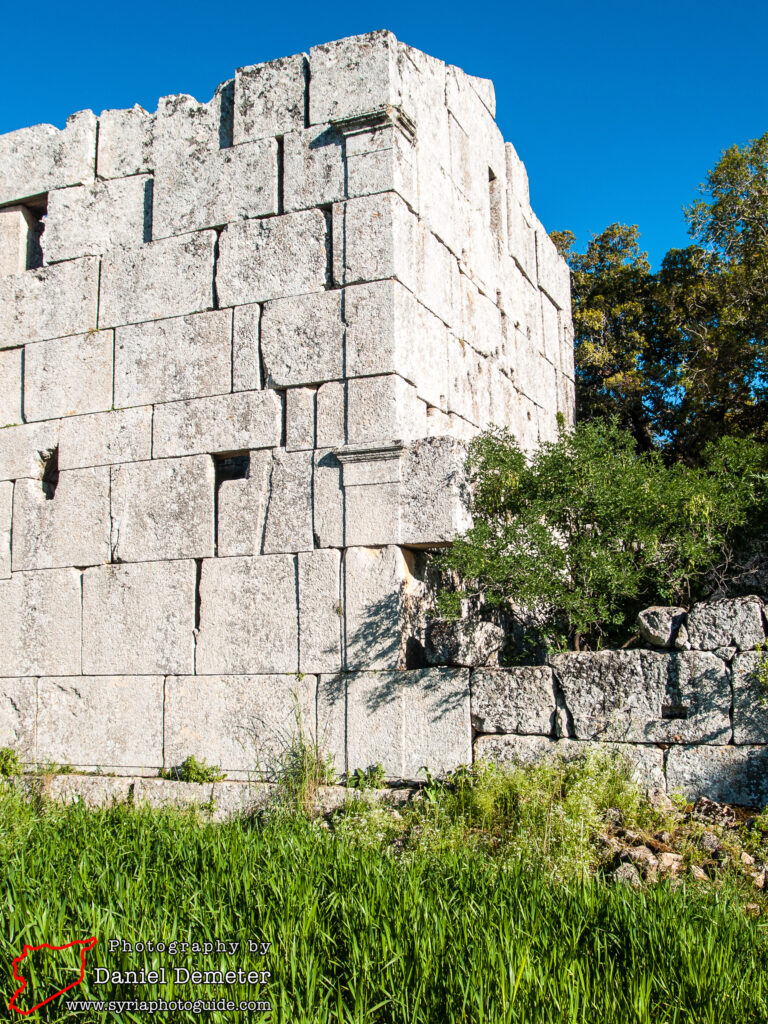
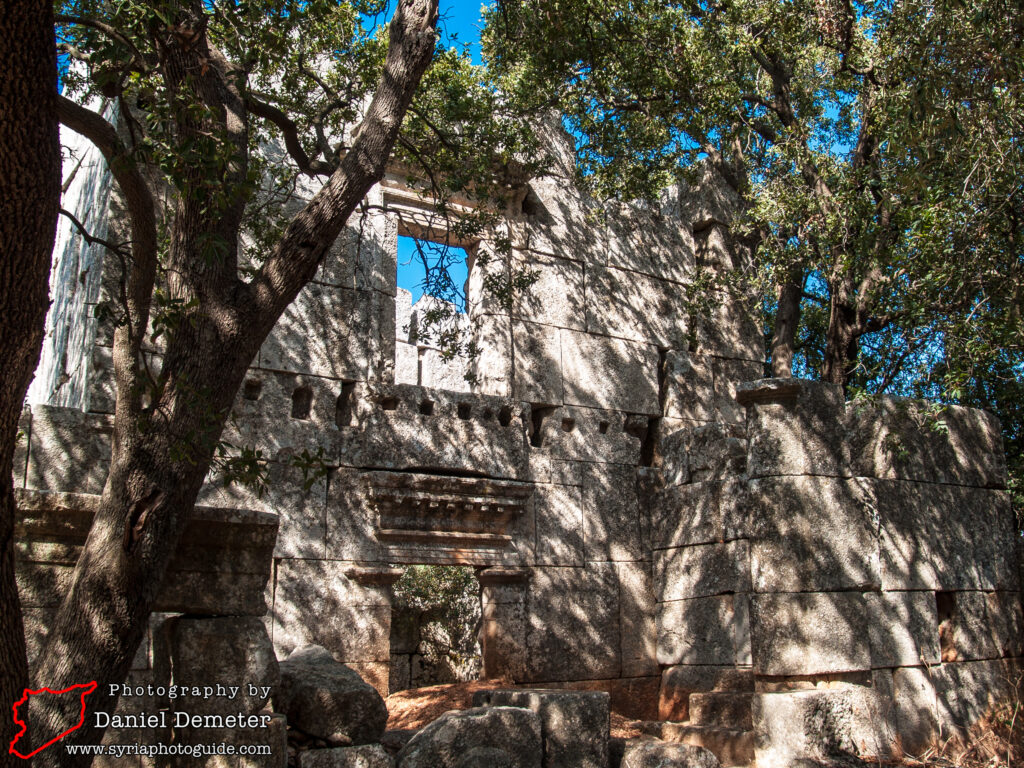
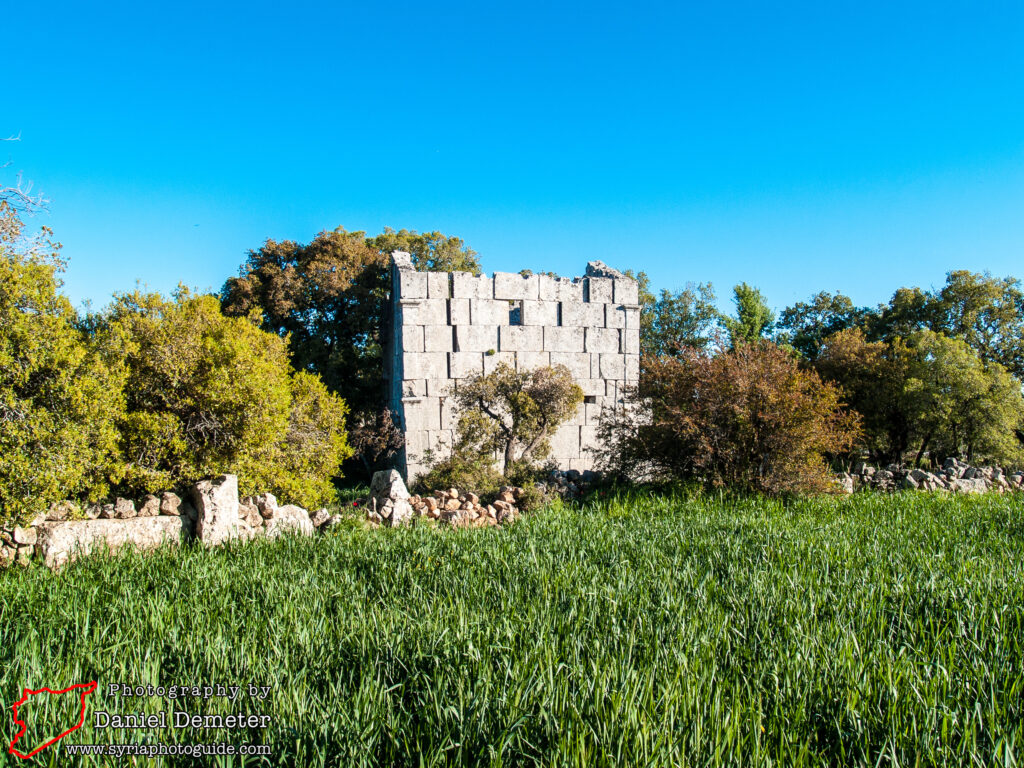
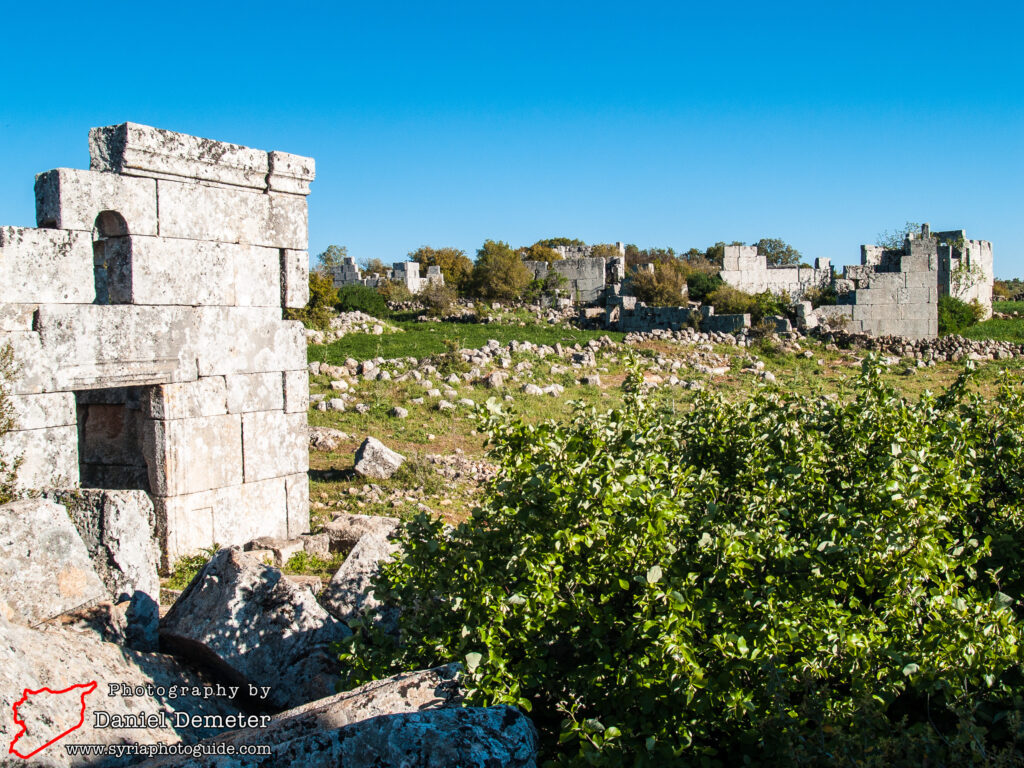
Getting There: Any microbus traveling between Aleppo (حلب) to Harem (حارم) will pass within a few hundred meters of Bamuqa (باموقا). After passing through the village of Sarmada (سرمدا) and beyond the ruins of al-Breij (البريج), the road will ascend a mountain peak to the village of Bashmishli (باشمشلي), also known as Ras al-Hosn (رآس الحصن). The ruins of Bamuqa (باموقا) are on the outskirts of this modern village. Once in Bashmishli (باشمشلي), a road on the western end of the village runs to the north directly to the site. The trip to Bashmishli (باشمشلي) takes about 45 minutes from Aleppo (حلب).
Coordinates: 36°12’02.23″N / 36°38’18.40″E
Transliteration Variants: Bamuqqa, Bamouqa, Bamouqqa
Rating: 5 / 10
